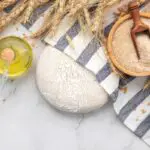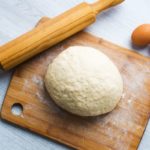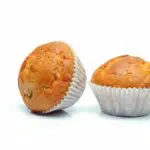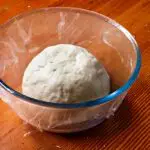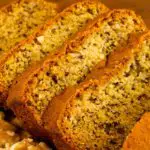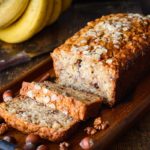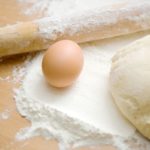If you’re curious as to why bread dough rises when you’re making some homemade bread, you’re in the right place.
Thankfully, it doesn’t take a master’s degree to understand the basic organic processes that makes bread rise.
There are numerous types of bread in the bread world, some recipes only ask for two ingredients: flour and water.
Some of the best recipes ask for a third ingredient, it’s this ingredient which makes bread rise.
Fresh bread smells and tastes amazing, but there are several steps to get a really great tasting bread dough.
In this article, we’ll be discussing what makes bread dough rise, we’ll give you a hint, it’s not magic but rather science!
What Makes Bread Dough Rise?
The short and sweet answer is simple, yeast!
As we’ve mentioned, there are several steps to making bread dough.
Most bread recipes require the addition of active dry yeast. Yeast is also known as a leavening agent.
There are a couple of leavening agents in the bread world.
If you studied 5th grade food science you’ll be aware that yeast is in fact a living thing!
And just like all living things, it needs to eat.
In the case of yeast in bread dough, the active dry yeast eats sugar. This sugar is contained within wheat flour.
But what makes the dough rise?
When the active dry yeast eats sugar, it “burps” carbon dioxide gas bubbles. This release of air bubbles into the dough is what causes it to rise.
This is known as a process called fermentation.
But you might be wondering where the sugar comes from?
The answer to this is also relatively simple: Starch. Starch makes up roughly 70% of flour by weight.
When enzymes in the flour start to break down this starch, sugar is released. As the yeast fungus loves sugar, the yeast feasts on this sugar.
How Do The Air Bubbles Stay In The Bread?
So you’ve mixed flour and water with the active dry yeast, kneaded the dough and left it to “rise.” But how do the air bubbles stay in the bread dough?
When you add water to flour, a stretchy molecule called gluten forms.
As you knead the dough, you might have noticed that the bread dough became stretchy and sticky. By kneading the dough, you’re encouraging more gluten to form.
As more and more carbon dioxide from the yeast is released as it eats the sugars in the flour, and as gluten forms from the kneading the more the bread rises.
The starch present in flour also plays a part in this process. On an organic level, the starch molecules reinforce the gluten. Starch also absorbs water during the baking process.
This gluten is what traps the air bubbles inside the dough and in turn what makes the bread dough rise.
The Two Types Of Leaveners
As we’ve mentioned, yeast is known as a leavening agent.
The most common type of yeast used in making bread dough is saccharomyces cerevisiae or “bakers yeast.”
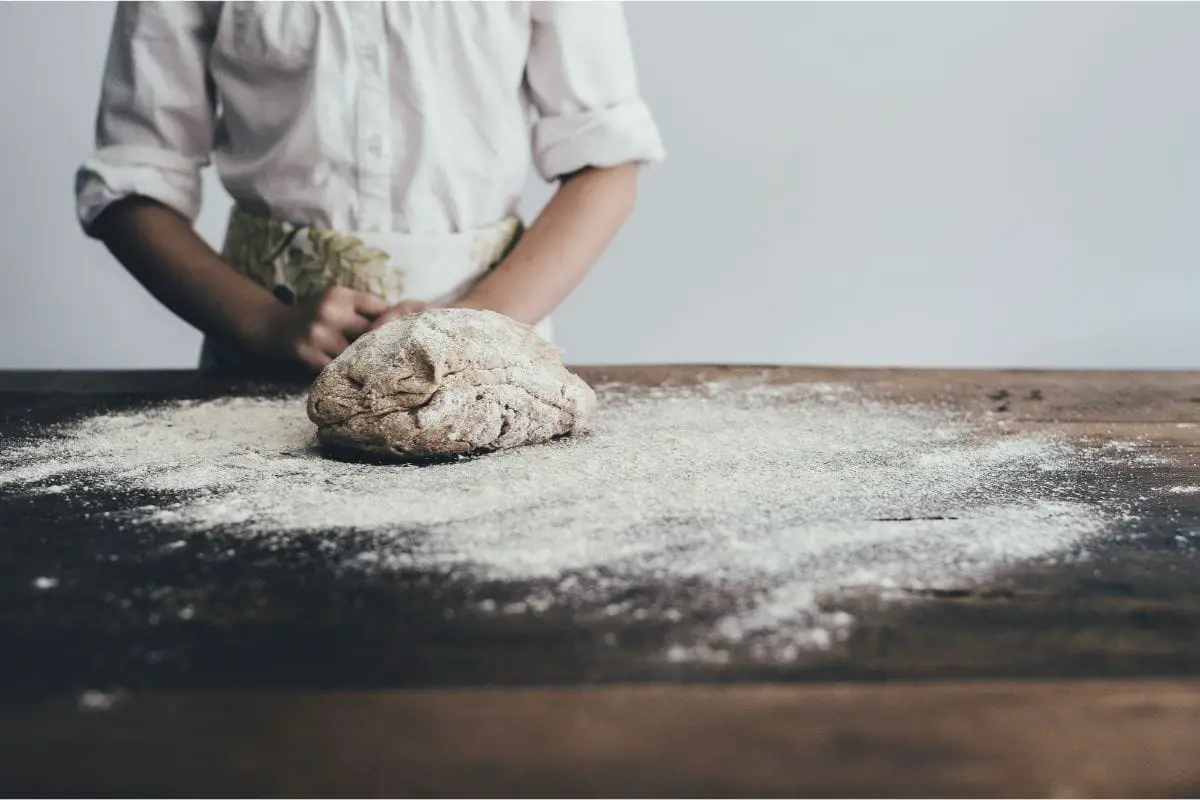
However, there is another type of leavening agent used in some bread recipes: Baking powder/soda.
Breads made with baking soda tend to have a delicate structure. Quick breads like biscuits and cornbread come to mind.
In the bread making process, there are a number of factors which determine how high the dough will rise, including the quality of the yeast used and the room temperature. As you might expect, instant yeast usually yields lower quality bread.
How Many Times Should I Let The Dough Rest?
This is a point which can be difficult to answer, and generally comes down to personal preference and time.
Basic kitchen science will tell you that the more chances the yeast has to eat more sugar, and create more gas, the better the baked goods will be.
If you have plenty of time to make bread, then let the dough rest as many as seven times.
Leaving the dough in the refrigerator overnight gives the yeast extra time to do its job.
A decent bread recipe that includes yeast should always ask you to leave the dough to rise at least twice before baking.
The second time you allow the bread to rest is known as “proofing.”
Proofing the dough gives that hard working yeast time to activate fully before being placed in the oven.
Conclusion
A well risen loaf created by allowing the bread dough to rise at least twice, and using high quality yeast, will yield a great tasting loaf.
By giving the yeast more time to produce carbon dioxide, and by kneading the dough multiple times between rises, you’re giving more time for fermentation to take place.

